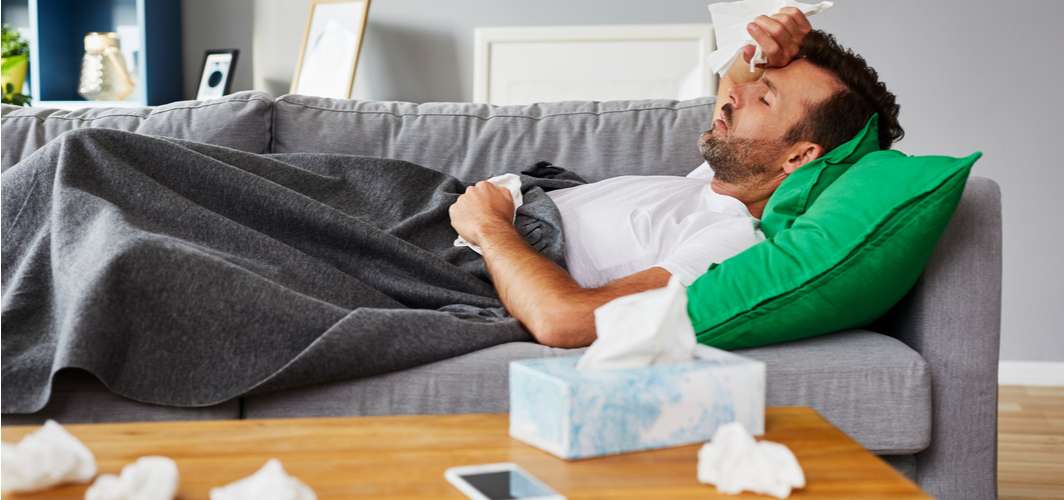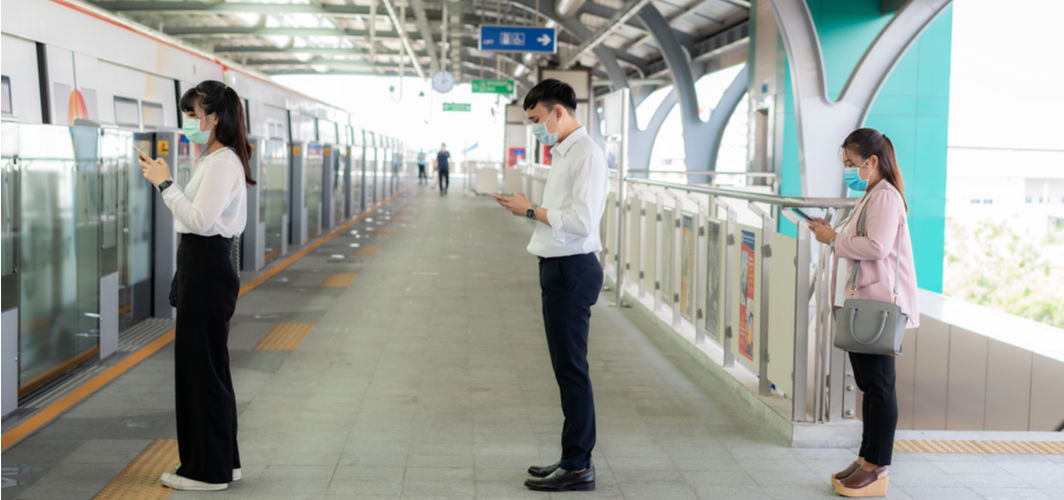Coronavirus Updates
Coronavirus airborne transmission: The latest update
4 min read
By Apollo 24/7, Published on - 07 October 2020, Updated on - 18 October 2022
Share this article
5
21 likes

What does airborne transmission mean?
What are the other types of transmission?
- Contact transmission – When an infection is transmitted through direct contact (usually touch) with an infected person or with a virus-contaminated surface, it is known as contact transmission. The contact with virus-laden surfaces is more often called ‘fomite transmission.
- Droplet transmission – This occurs when the respiratory droplets of an infected person reach the nose, mouth, or eyes of a vulnerable person when they are in close contact, usually within 1 metre. The respiratory droplets may be exhaled when the infected person coughs, sneezes, or talks.
So, is the Coronavirus transmission airborne?
- Exposure to the virus-containing respiratory particles for longer times: A healthy person can get infected when they are around a COVID-19 infected person generating respiratory droplets for over 30 minutes in a confined place. These droplets may have been produced by expiratory exertion when carrying out activities like shouting, exercising, running, etc.
- Enclosed spaces – Infections can occur in enclosed spaces where a vulnerable person and an infected person were present at the same time. Even when the COVID-19 person leaves the enclosed space, vulnerable people are likely to get infected if they visit the place right after.
- Places with limited ventilation – Airborne transmission of COVID-19 can occur in places with poor ventilation as such places allow the suspended respiratory droplets to build up in the air.
How to prevent airborne transmission of COVID-19?
- Avoid crowded indoor spaces as these spaces can raise the concentration of virus-laden respiratory particles and droplets suspended in the air.
- Always wear masks when stepping out or when you are in a public setting where maintaining physical distance is difficult.
- Practice social distancing by keeping a physical distance of at least 6 feet from other people.
- Follow hand washing etiquettes such as washing your hands frequently with soap and water for at least 20 seconds. Alternatively, use an alcohol-based hand sanitizer to clean your hands.
- Ensure cleaning and disinfection of surfaces, especially the frequently-touched ones.
Conclusion
Coronavirus Updates
Leave Comment
Recommended for you

Coronavirus Updates
Do You Have COVID-19, a Common Cold, or Just a Seasonal Allergy?
It is well known by now that COVID-19 has several symptoms that overlap with those of common cold and seasonal allergies.

Coronavirus Updates
Does Smoking Increase the Risk of COVID-19?
Smoking damages our immune system, lung function, and reduces our lung capacity. This puts people who smoke at a higher risk for severe illness due to COVID–19.

Coronavirus Updates
What is Social Distancing and How to Practice It?
Social distancing or physical distancing is when you keep space between yourself and other people outside of your home. It is the best way to curb the spread of the Coronavirus.
Subscribe
Sign up for our free Health Library Daily Newsletter
Get doctor-approved health tips, news, and more.
Visual Stories

COVID-19: The situation on ground [6th July 2021]
Tap to continue exploring
Recommended for you

Coronavirus Updates
Do You Have COVID-19, a Common Cold, or Just a Seasonal Allergy?
It is well known by now that COVID-19 has several symptoms that overlap with those of common cold and seasonal allergies.

Coronavirus Updates
Does Smoking Increase the Risk of COVID-19?
Smoking damages our immune system, lung function, and reduces our lung capacity. This puts people who smoke at a higher risk for severe illness due to COVID–19.

Coronavirus Updates
What is Social Distancing and How to Practice It?
Social distancing or physical distancing is when you keep space between yourself and other people outside of your home. It is the best way to curb the spread of the Coronavirus.